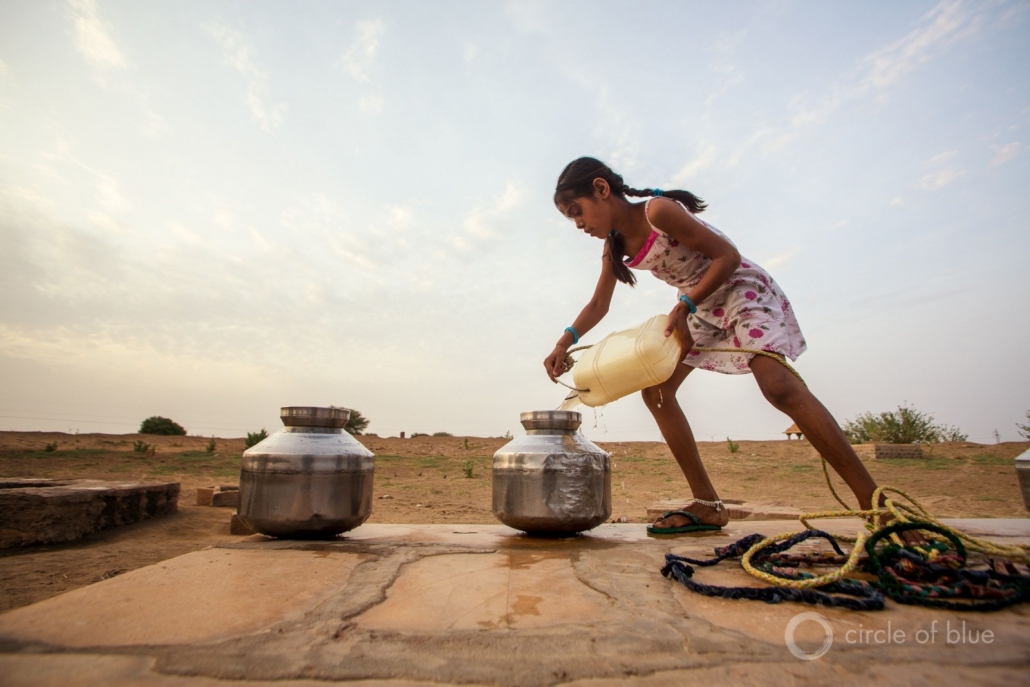Welcome to “What’s Up With Water” – your need-to-know news of the world’s water from Circle of Blue. I’m Eileen Wray-McCann.
Honduras is one of the world’s deadliest countries for environmental activists, and two water defenders were killed earlier this month, according to Al Jazeera and WBUR. The victims were Aly Dominguez, age 38, and Jairo Bonilla, age 28. Since 2018, the two men had been organizing and leading peaceful protests against an open-pit iron oxide mine that was operating in a nearby national park. Activists and independent organizations have said that the mine was approved under dubious legal circumstances. They also claim that the mine pollutes the park’s rivers, on which farmers and fishermen depend. Dominguez and Bonilla were beloved in their community of Guapinol, where they co-founded an environmental protection group. A United Nations human rights advocate has requested an independent investigation into the killings. It’s one of many calls from international groups for transparency and action from Honduran president Xiomara Castro. According to Al Jazeera, Castro said last year that she would stop violence against environmental activists and cancel permits for open-pit mining.
In China, state media say that trial operations have begun in a massive water diversion from the country’s largest river. This project, nearing completion, involves a 450-mile-long canal connecting the Yangtze River to basins in China’s drier regions. The $14 billion project is one link in a national engineering plan to rebalance China’s water supplies. Under the South-North Water Transfer project, rivers in the wetter southern provinces are being diverted to the arid north. The canal from the Yangtze is expected to be finished by the end of this year.
In the United States, Pennsylvania state regulators have adopted new drinking water standards for two toxic “forever” chemicals. Long-term exposures to the compounds PFOA and PFOS have been linked to a cluster of health problems, including high cholesterol, kidney cancer, low birth weight, and weakened immune systems. Pennsylvania will limit the amount of PFOA to 18 parts per trillion in drinking water, and PFOS to 14 parts per trillion. This means that water providers must test for the chemicals and treat the water. Meanwhile, at the federal level, the U.S. Environmental Protection Agency says it will propose national standards for the same two chemicals later this year. In the absence of federal action, states have been setting their own standards, and Pennsylvania now joins that list.
And that’s What’s Up With Water from Circle of Blue, where water speaks. You’ll find more news and analysis – and a chance to support our work – at
circleofblue.org. This is Eileen Wray-McCann – thanks for being here.






